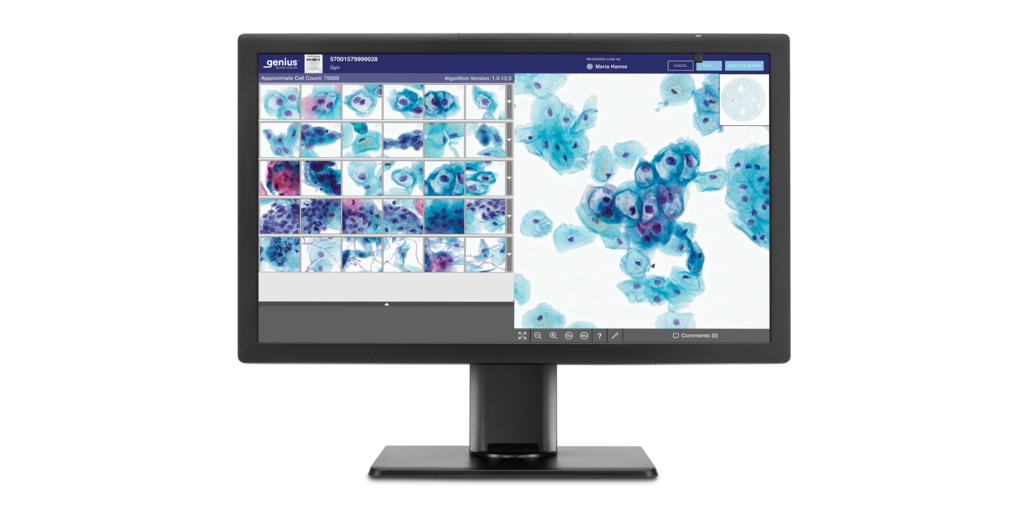Any surgical procedure carries with it the risk of infection, but for patients undergoing joint replacement surgery, contamination of the implant with a pathogen could increase the risk that the procedure will need to be redone. What’s more, current diagnostic practices fail to detect bacteria in up to half of all cases of infection, leading to further complications.
Now, researchers at Thomas Jefferson University have used next generation sequencing (NGS) to successfully identify pathogenic bacteria in more than 80 percent of cases of post-surgical infection. The study – which was published in the Journal of Bone and Joint Surgery – proposes that this new method could improve outcomes by detecting previously-undetectable infections.
“This method can help detect pathogens that we would otherwise miss using standard approaches, namely culture,” said senior author Dr. Javad Parvizi, Vice Chairman of Research and Professor of Orthopedic Surgery at the Rothman Institute at Thomas Jefferson University. “The study has revealed unexpected pathogens and let us to select more appropriate and effective treatments for patients.”
Patients scheduled to undergo a revision joint replacement during a 9-month period in 2016 were enrolled in the study. Samples collected from patients were assessed for infective organisms using two methods: traditional cell culture and NGS.
The results of NGS were able to detect 89 percent of cases where an infection was present, compared to 61 percent with cell culture. What’s more, 81 percent of samples which tested negative for bacteria using the cell culture technique were found to contain pathogens when assessed using NGS.
“The fact that we can use this technology to detect organisms in culture-negative patients with an infected prosthesis may be significant, and could help us provide targeted treatment for these patients,” said co-author Dr. Karan Goswami, a research fellow and PhD candidate affiliated with the Rothman Institute at Jefferson. “However, further study is required to validate our findings in larger numbers and determine the significance of NGS signal on treatment outcomes. A multicenter trial is underway to explore this question.”
While the results have yet to be confirmed, some hospitals have already started to use NGS to detect infections in patients following joint replacement surgery.
“Because of its promising role in diagnosing patients with periprosthetic joint infection, we have already begun to use the genomic test at our institution to isolate organisms in patients with suspected joint infection,” said Parvizi. “NGS has provided critical information for the management of cases of periprosthetic joint infection at our institution, and we work closely with our microbiology colleagues to optimize treatment for these patients.”












Join or login to leave a comment
JOIN LOGIN